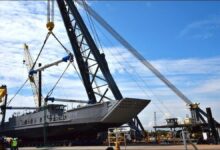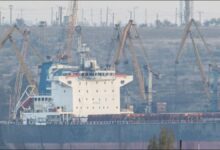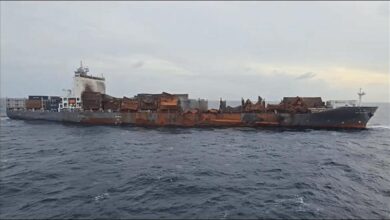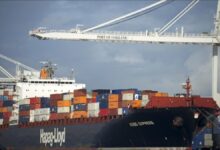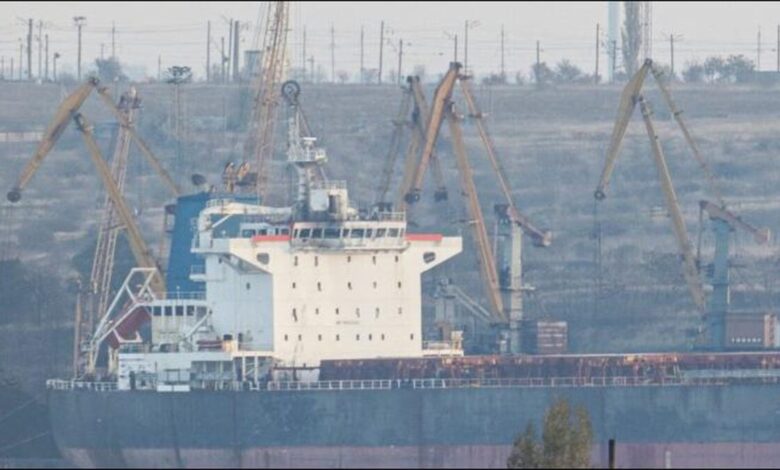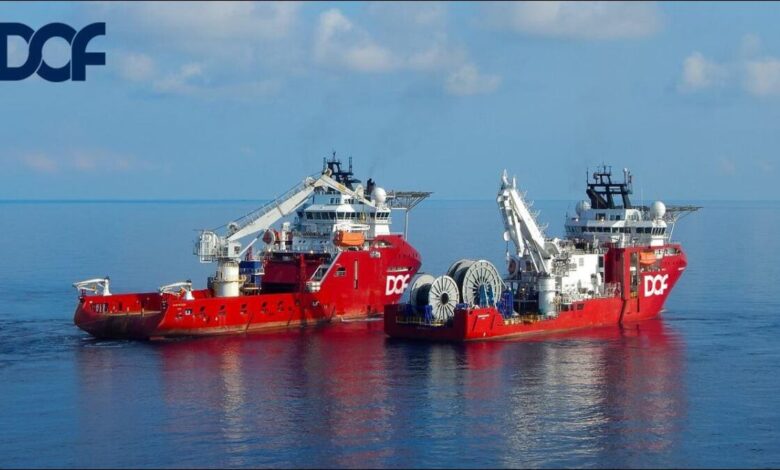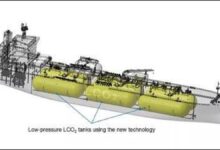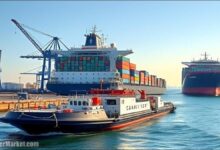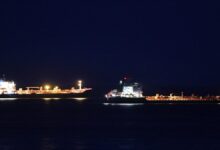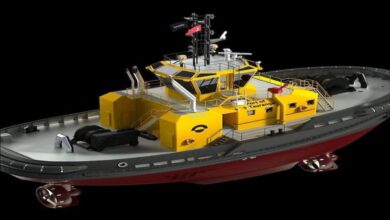Business
December 28, 2025
Senate Confirms New Coast Guard Commandant After Policy Dustup | Mariner News
The U.S. Senate has officially confirmed Adm. Kevin Lunday as the new Coast Guard Commandant,…
Business
December 27, 2025
Austal USA Builds Fourth Navy LCU Vessel | Mariner News
Austal USA has commenced construction on its fourth U.S. Navy Landing Craft Utility (LCU) vessel…
Tankers
December 27, 2025
China Protests U.S. Seizing Venezuela Oil Tankers | Mariner News
China’s government has formally voiced strong opposition to recent U.S. tanker seizures off the Venezuelan…
Business
December 27, 2025
Fatal US Strike on Drug Smuggling Vessel | Mariner News
In a significant development, US forces struck a suspected drug smuggling boat in the Eastern…
Bulkers
December 27, 2025
Ukraine Port Attack Damages Cargo Ship & Infrastructure | Mariner News
A recent massive Russian attack on Ukraine has severely impacted key maritime infrastructure, causing significant…
Containers
December 26, 2025
Cargo Discharged from Fire-Damaged ONE & Wan Hai Vessels | Mariner News
The intricate cargo discharge operations are underway for the fire-damaged ONE Henry Hudson and Wan…
Business
December 26, 2025
Iranian Navy Deploys Flotillas to South Africa | Mariner News
The Iranian Navy has recently dispatched two flotillas towards South Africa, sparking speculation about their…
Sustainability
December 26, 2025
Denmark Launches Green Ammonia Plant for Sustainable Shipping | Mariner News
Denmark has proudly announced the start of operations for its pioneering green ammonia plant, a…
Sustainability
December 26, 2025
Tauranga Port Orders First Hybrid Tugboat for NZ | Mariner News
New Zealand’s Tauranga Port is making a significant stride towards maritime sustainability with its recent…
Sustainability
December 26, 2025
Bureau Veritas & C-Torq Hydrogen Power for Maritime | Mariner News
Bureau Veritas has partnered with C-Torq Marine Services to advance a hydrogen power system for…


